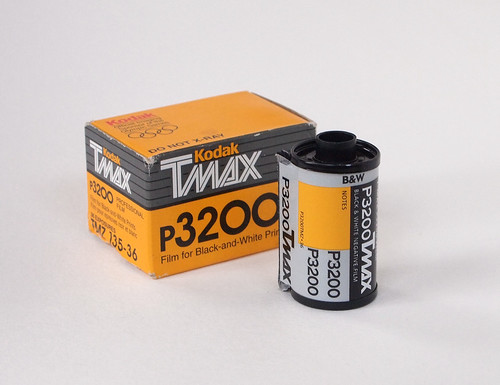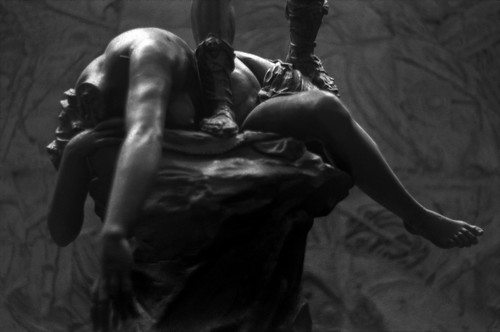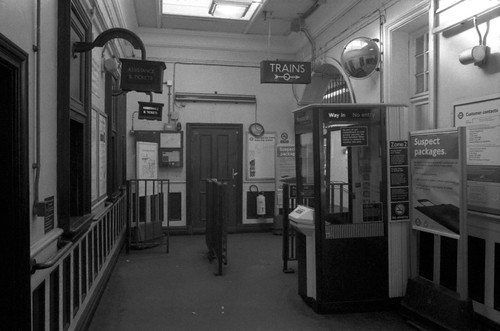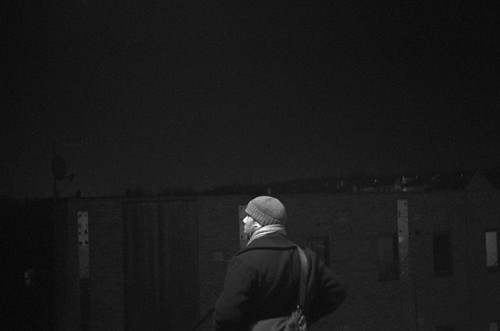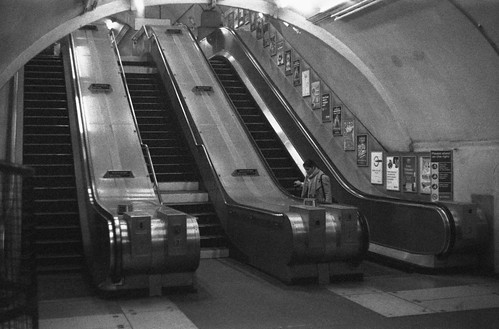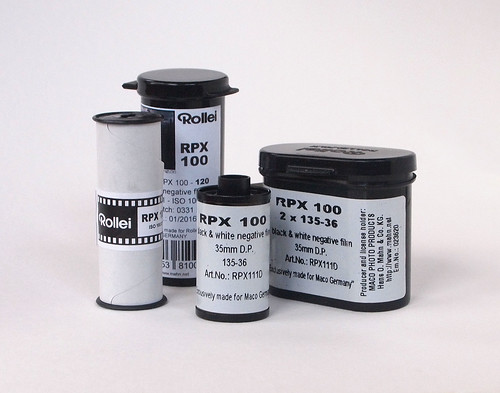 |
| Rollei RPX 100 in 35mm and medium format |
Since writing the post on
Rollei RPX 400 last November, Maco have introduced
RPX 25 to the
range, repackaged the existing films, and, inevitably, prices have gone up.
Macodirect no longer offer the 35mm films in twin packs (as in the image above) and nor are the medium format films sold in packs of five, although discounts are offered on orders of 10 or more. However, at €3.59 for a 35mm roll, and €3.90 medium format, the prices are still low. As I mentioned in the post on RPX 400, there are few stockists for the Rollei RPX films in the UK; at the time of writing
West End Cameras' prices remain the same at £4 per film in either format. (Edit 20/2/14:
Silverprint are now stocking the range of RPX films, with both RPX 400 and RPX 100 retailing at £3.60).
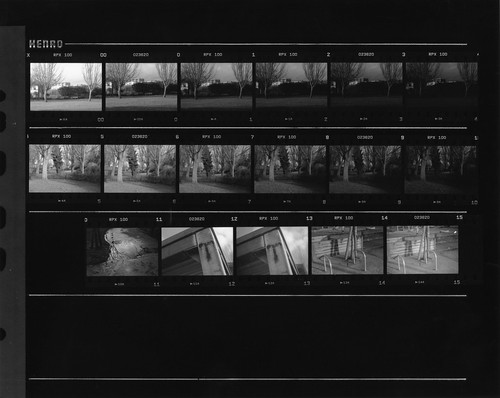 |
| Rollei RPX 100 latitude test contact sheet |
Following my results with Rollei RPX 400, I was keen to pursue the same basic test procedures for Rollei RPX 100. As before, I began with a latitude test, shown on the contact sheet above. The first six frames are rated, left to
right, 25-50-100-200-400-800; the next six frames in the second row
run 25-25-50-100-200-400; the third row was shot at 100 and at 50 for some bracketing. The
film was developed in Rodinal diluted 1:25 for 9 minutes at 20ºC, the
manufacturer's recommended time for the box speed of 100 ISO. Although I've printed the contact sheet a little dark to clearly show the detail in the shadow areas, the results show the film to have very similar qualities to RPX 400, notably a similar latitude range, with the same transparent base and tonal rendering.
 |
| Rollei RPX 100 at box speed, developed in Rodinal 1:25, 9 minutes at 20º |
The data sheet for Rollei RPX 100 from Maco also gives development times when rated 50 and 200 (the Massive Dev Chart also provides
times for the same range). I rarely find the need to pull process film, but for completeness, I shot a second roll at 50 EI, and developed for 7 minutes at 20ºC. Although my latitude test appeared to show the film could be exposed at 50 without changing the developing times, one of the benefits of pulling the film would be, in theory, to reduce the contrast of the negatives. This is not especially evident in the results from this roll, although as I did not shoot the same subjects, in the same lighting conditions, as with the first film rated 100, this doesn't give a truly meaningful comparison.
 |
| Rollei RPX 100 at 50 EI, developed in Rodinal 1:25, 7 minutes at 20º |
I also pushed the film to 200 and, exceeding the manufacturer's recommended settings, also to 400 EI. At 200, developed at the recommended times in Rodinal 1:25 for 13 minutes at 20ºC, the film's qualities do not appear to be compromised, although the contrast is a little higher, more clearly seen by examining the negatives side by side with those rated 100 and 50.
 |
| Rollei RPX 100 at 200 EI, developed in Rodinal 1:25, 13 minutes at 20º |
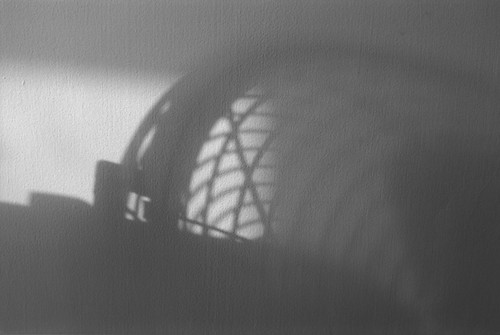 |
| Rollei RPX 100 at 200 EI, developed in Rodinal 1:25, 13 minutes at 20º |
Having seen some examples of RPX 100 pushed to 400 on Flickr, I wanted to see how the film would perform at a push of two stops. I erred on the side of over-development and used a time of 18 minutes in Rodinal 1:25 at 20ºC. Ordinarily such a push wouldn't be recommended but if circumstances required it (such as failing light or needing to use a faster shutter speed for moving subjects), it works well enough. The push of two stops has clearly raised the contrast of the images, but the highlights have held detail well. The detail in the shadows is notably less, but depending on the subject matter (and the aesthetics one is after) this isn't too problematic. This could be countered to some degree by using a higher dilution of developer, although as I wanted to keep the times relatively short, I kept with a dilution of Rodinal 1:25.
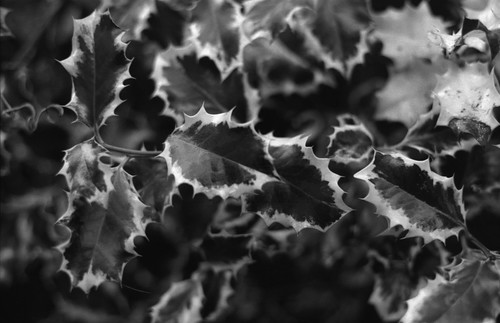 |
| Rollei RPX 100 at 400 EI, developed in Rodinal 1:25, 18 minutes at 20º |
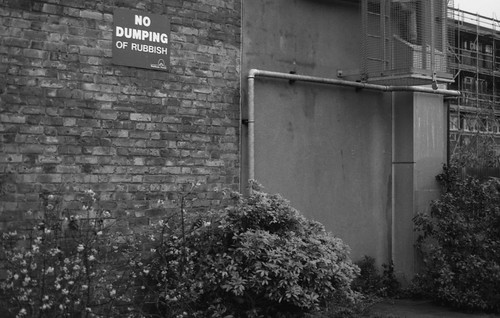 |
| Rollei RPX 100 at 400 EI, developed in Rodinal 1:25, 18 minutes at 20º |
From the (admittedly limited) tests, and subject matter, made for this blog post, my conclusions on Rollei RPX 100 are very similar to those for RPX 400: it's a good, versatile, black and white film with relatively fine grain, and the look of a traditional emulsion, available in 35mm and medium format at a very competitive price.
